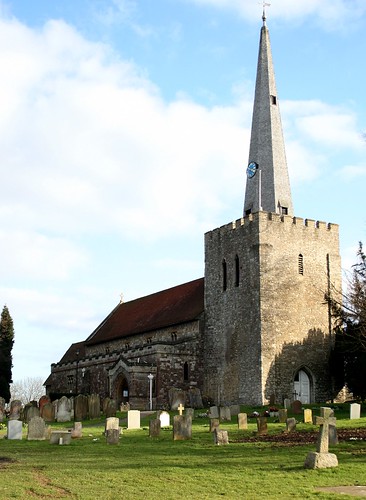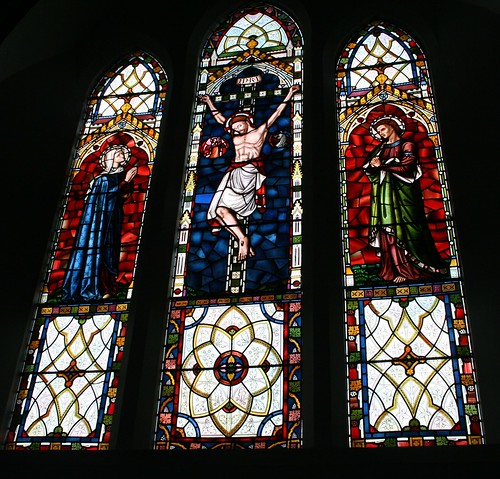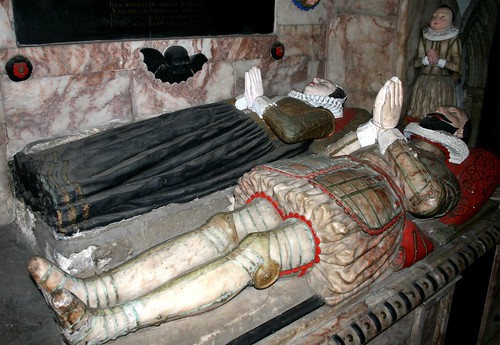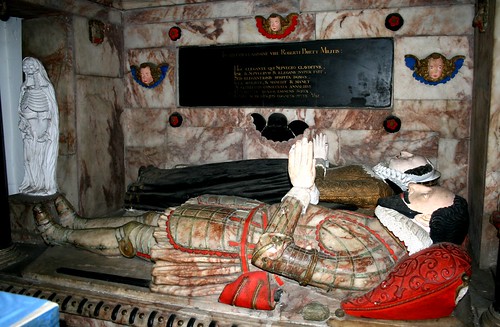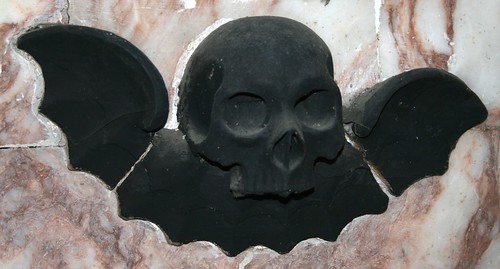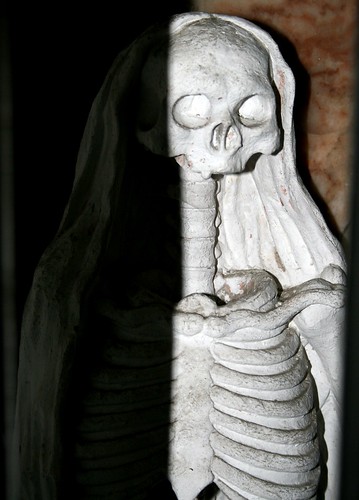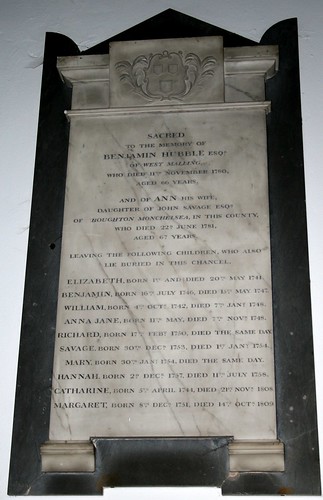
No matter where you find yourself in Kent, you will come across the County's insignia - the white horse and invicta motto.

Now to the second part of the story - the Invicta legend.
Fast forward to 1067. The Normans under William the Conqueror have defeated King Harold at the Battle of Hastings and are marching on London.
According to tradition, close to the village of Swanscombe, William and his men were met by the Kentishmen lead by Archbishop Stigand and Egelsine, the Abbot of St Augustines.
Each of Kentishmen carried a bough giving the appearance of a moving forest descending rapidly on the Normans. At a given signal, the boughs were cast aside revealing the Kentishmen armed and ready for battle.
However, the Archbishop and Abbot met with William and assured him of their allegiance, provided he was willing to grant certain privileges to the people of Kent and to respect their ancient rights and traditions.
Not wishing to commit his forces to another major battle so soon after Hastings, William is said to have agreed to the request.
The word invicta, meaning undefeated or unconquered, was adopted as the motto of Kent.
The monument shown in the picture above can be found in the grounds of St Peter & St Pauls in Swanscombe and was erected in 1958.
If you have enjoyed reading this post, please feel free to leave a comment. They are always welcome.
Further reading from the archives ....
They Burned for their Beliefs
The Meopham Air Disaster - 21st July 1930
Visit to West Malling
The stories behind these two ancient symbols of Kent are very intriguing and shrouded in legend.
The white horse is said to trace it's history back to the fifth century AD when Saxon mercenaries, lead by brothers Hengist and Horsa, landed in Kent at the behest of Vortigern, ruler of the Britons.
Vortigern wanted Hengist and Horsa and their warriors to aid him in his war with the Picts and Scots. The Saxons were fearsome warriors and very successful in battle. Vortigern is said to have rewarded them by granting them control of the Isle of Thanet in East Kent.
The Saxons, however, were extremely ambitious. Sensing weakness, they turned against Vortigern, eventually forcing him to cede the whole of Kent to them.
The white horse is said to have appeared on Hengist's battle flag and has remained a symbol of Kent to this day.

Now to the second part of the story - the Invicta legend.
Fast forward to 1067. The Normans under William the Conqueror have defeated King Harold at the Battle of Hastings and are marching on London.
According to tradition, close to the village of Swanscombe, William and his men were met by the Kentishmen lead by Archbishop Stigand and Egelsine, the Abbot of St Augustines.
Each of Kentishmen carried a bough giving the appearance of a moving forest descending rapidly on the Normans. At a given signal, the boughs were cast aside revealing the Kentishmen armed and ready for battle.
However, the Archbishop and Abbot met with William and assured him of their allegiance, provided he was willing to grant certain privileges to the people of Kent and to respect their ancient rights and traditions.
Not wishing to commit his forces to another major battle so soon after Hastings, William is said to have agreed to the request.
The word invicta, meaning undefeated or unconquered, was adopted as the motto of Kent.
The monument shown in the picture above can be found in the grounds of St Peter & St Pauls in Swanscombe and was erected in 1958.
If you have enjoyed reading this post, please feel free to leave a comment. They are always welcome.
Further reading from the archives ....
They Burned for their Beliefs
The Meopham Air Disaster - 21st July 1930
Visit to West Malling

















 The stone monument stands about three feet tall.
The stone monument stands about three feet tall. 
